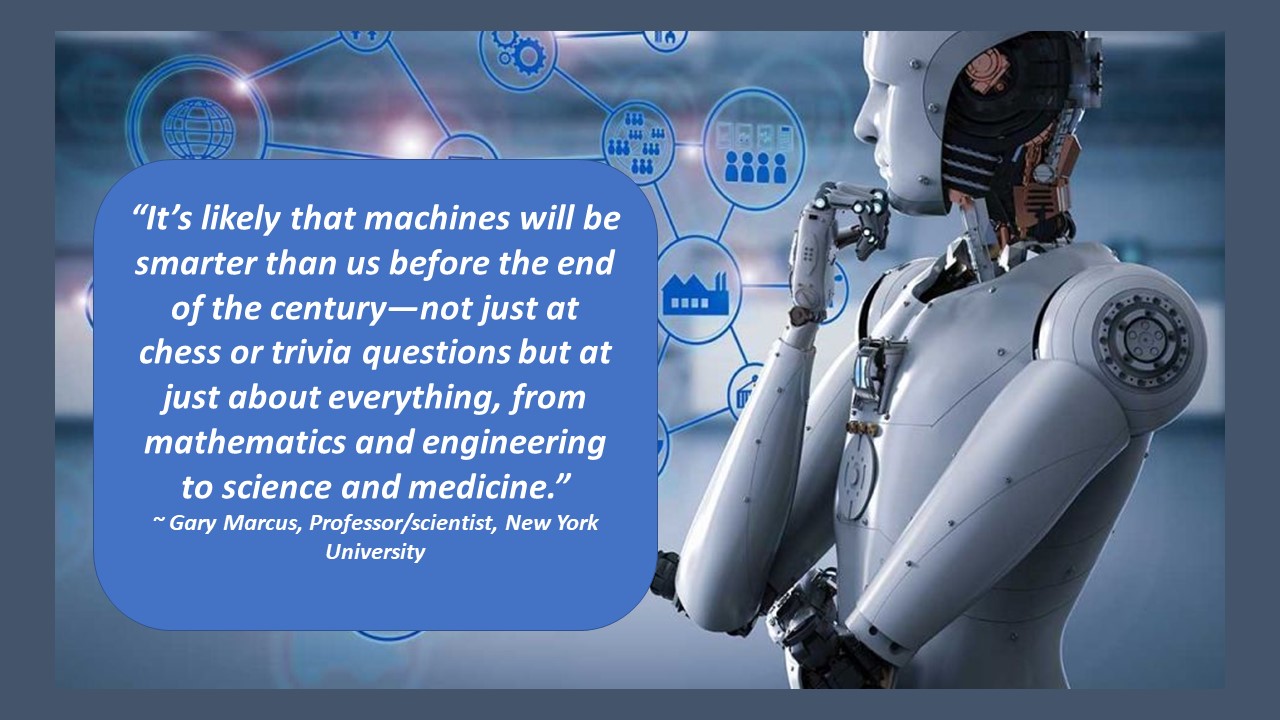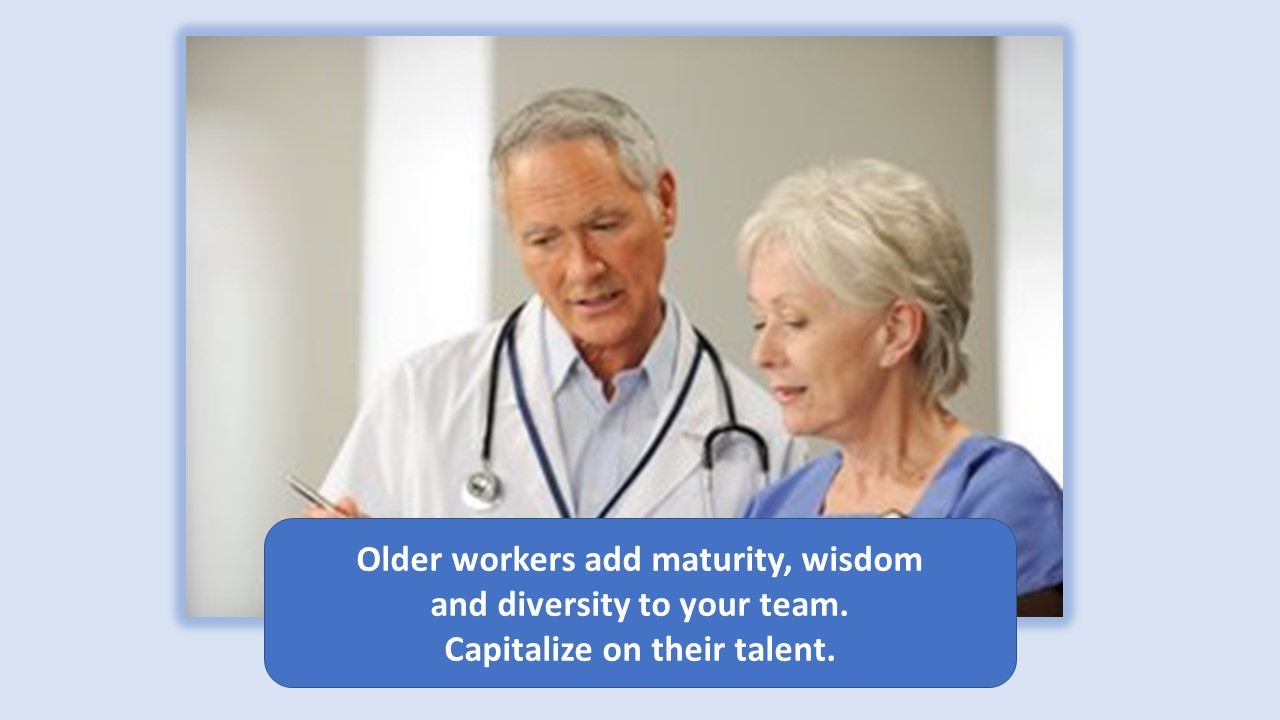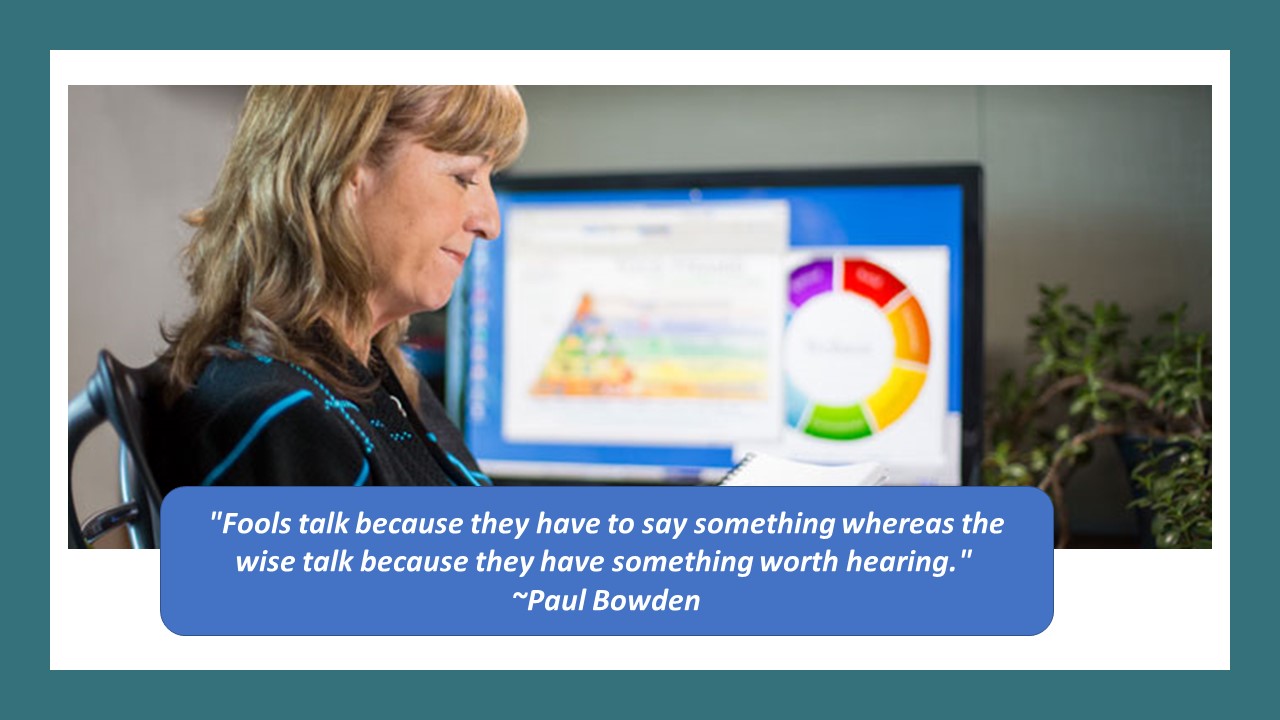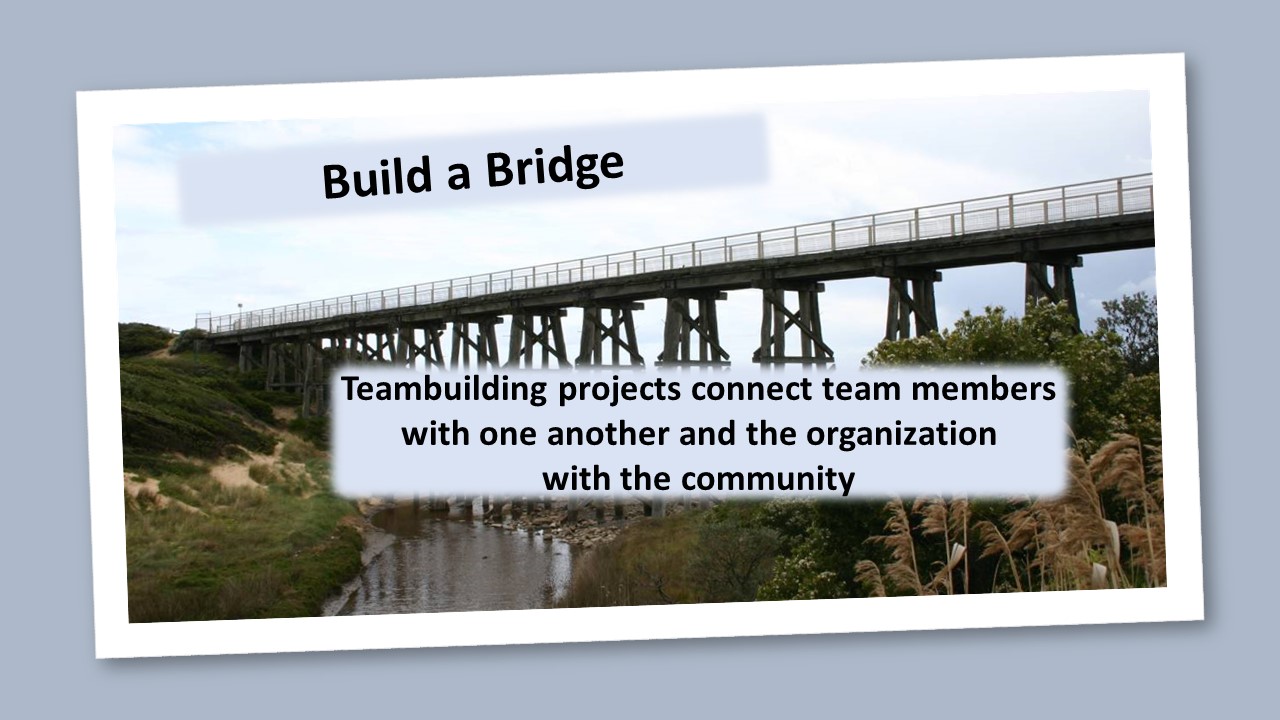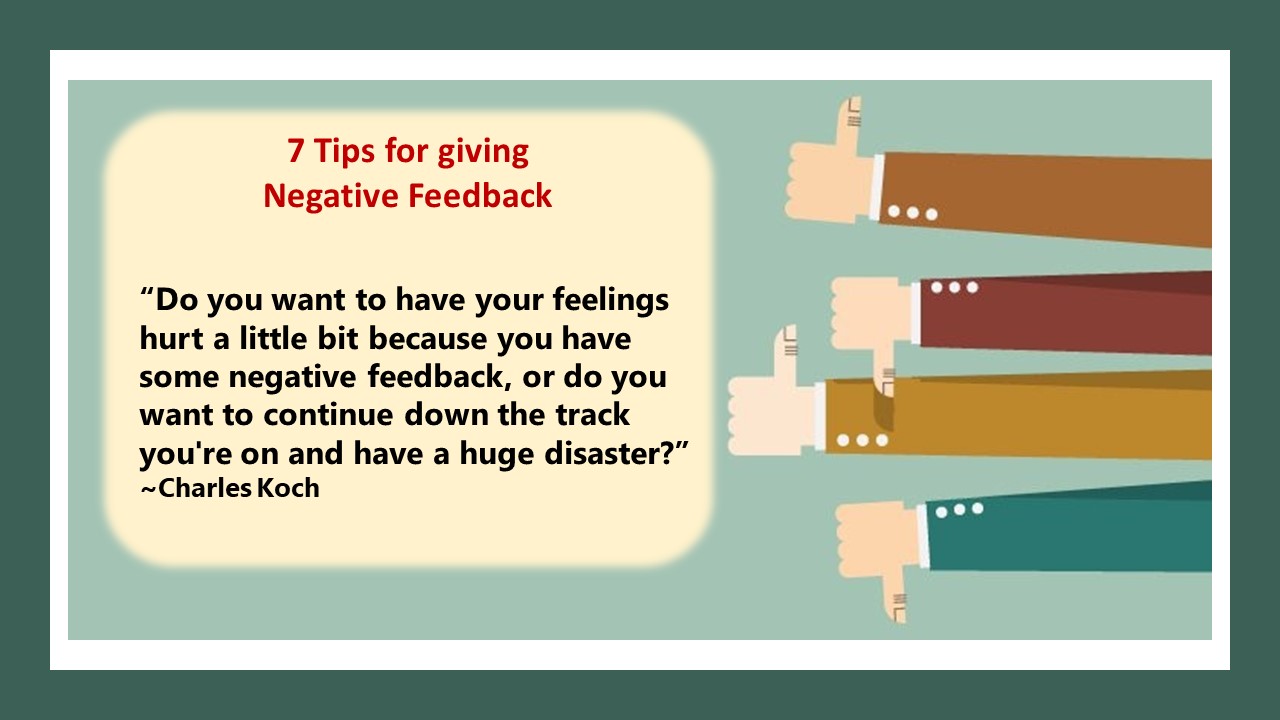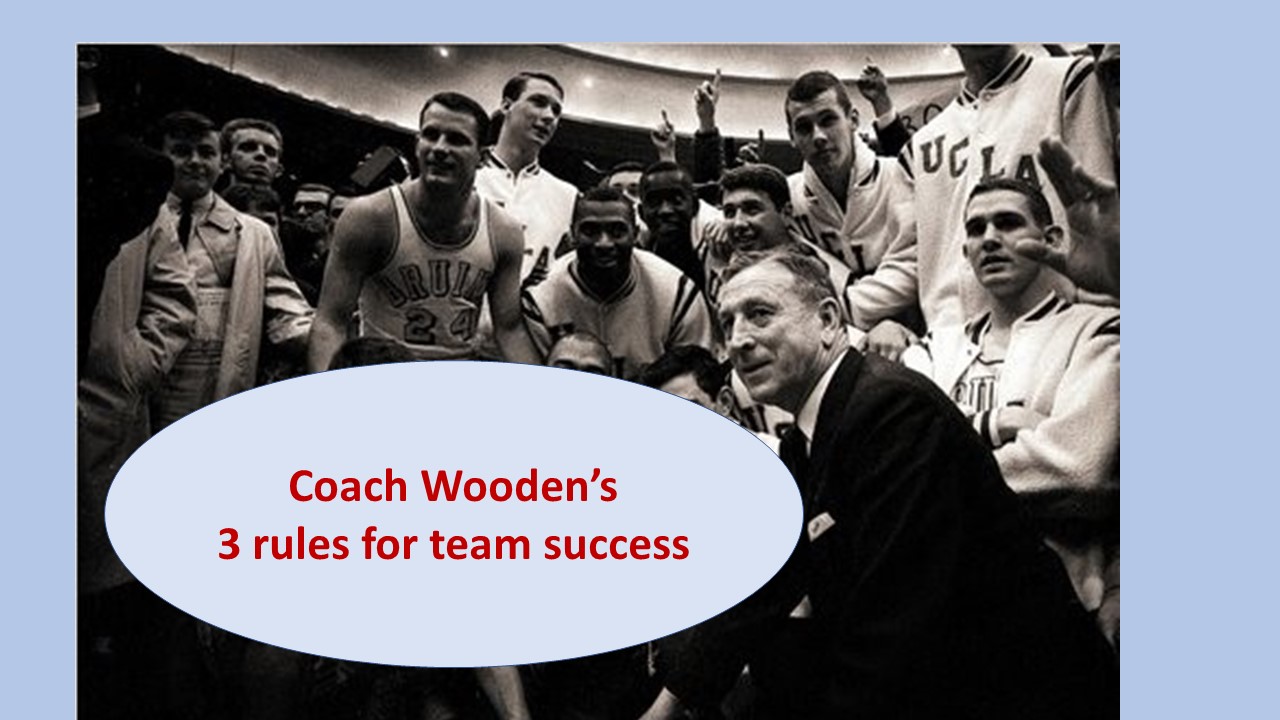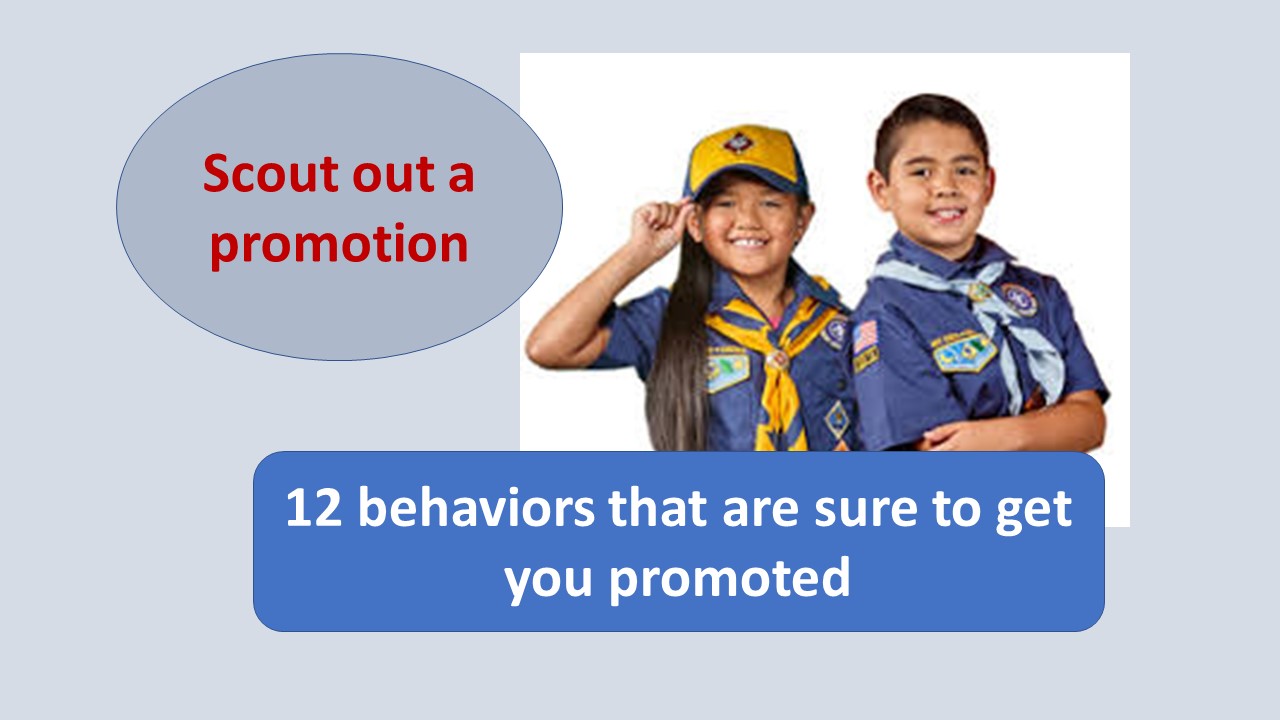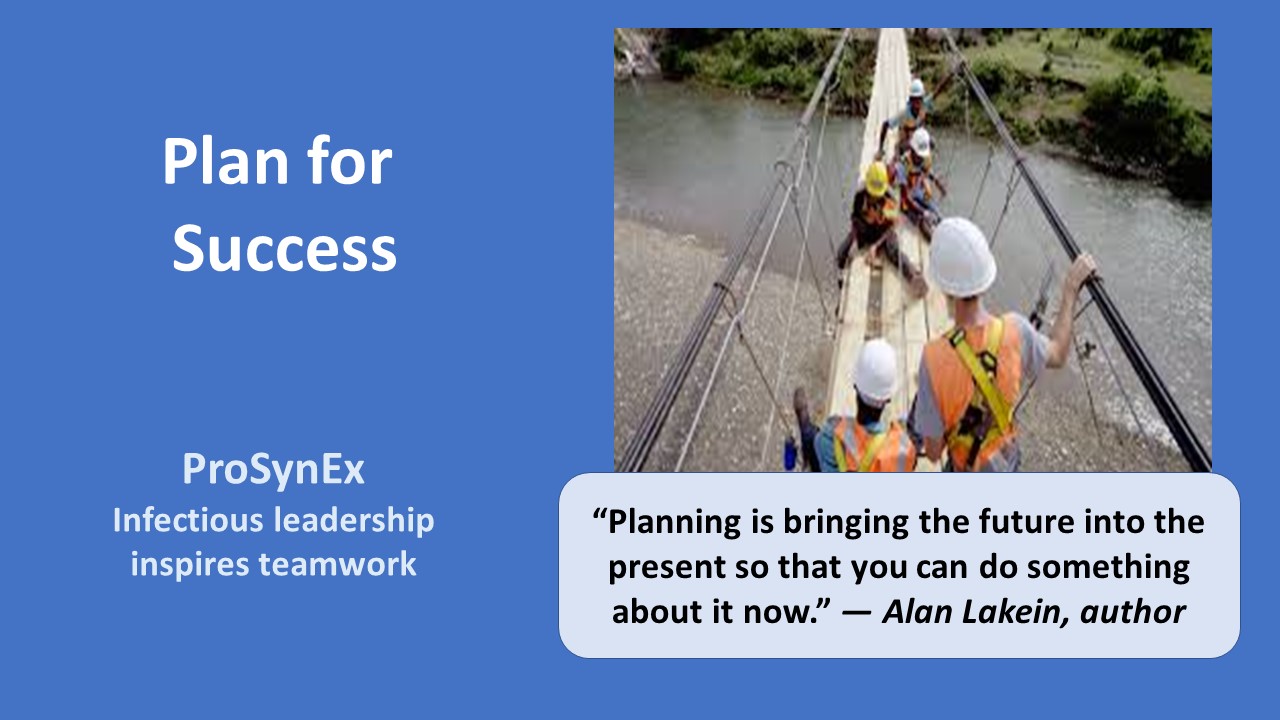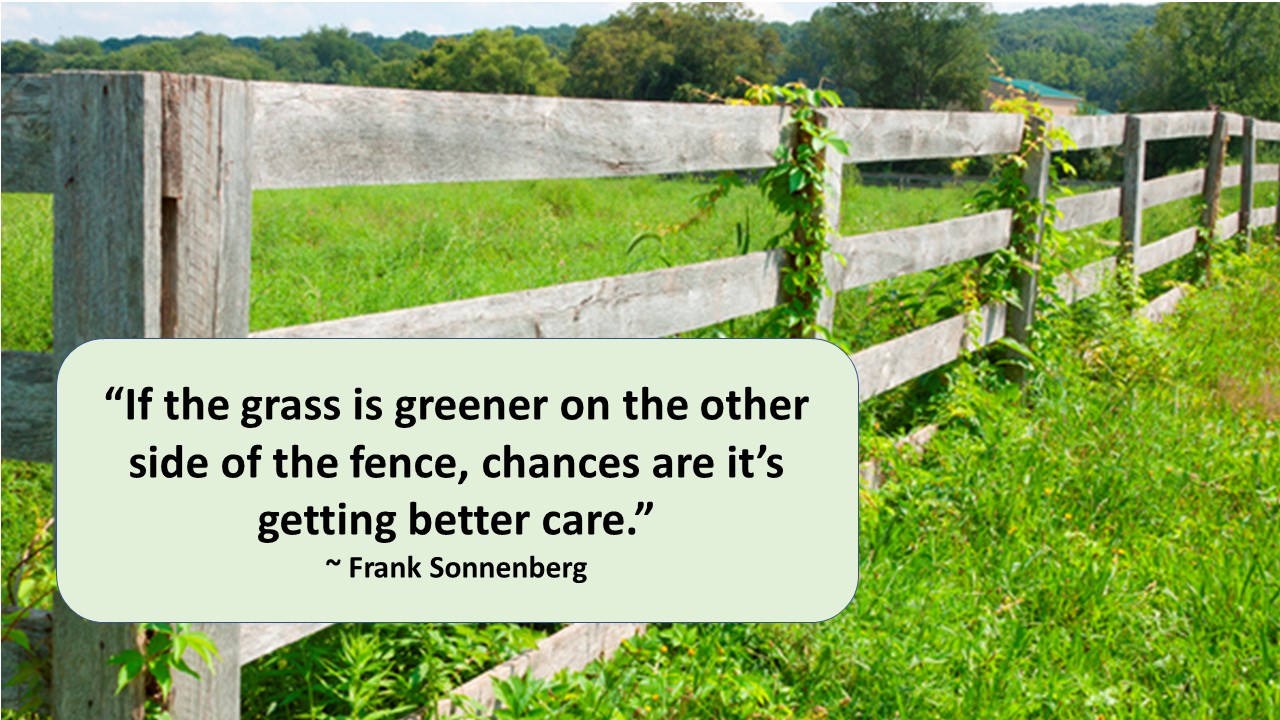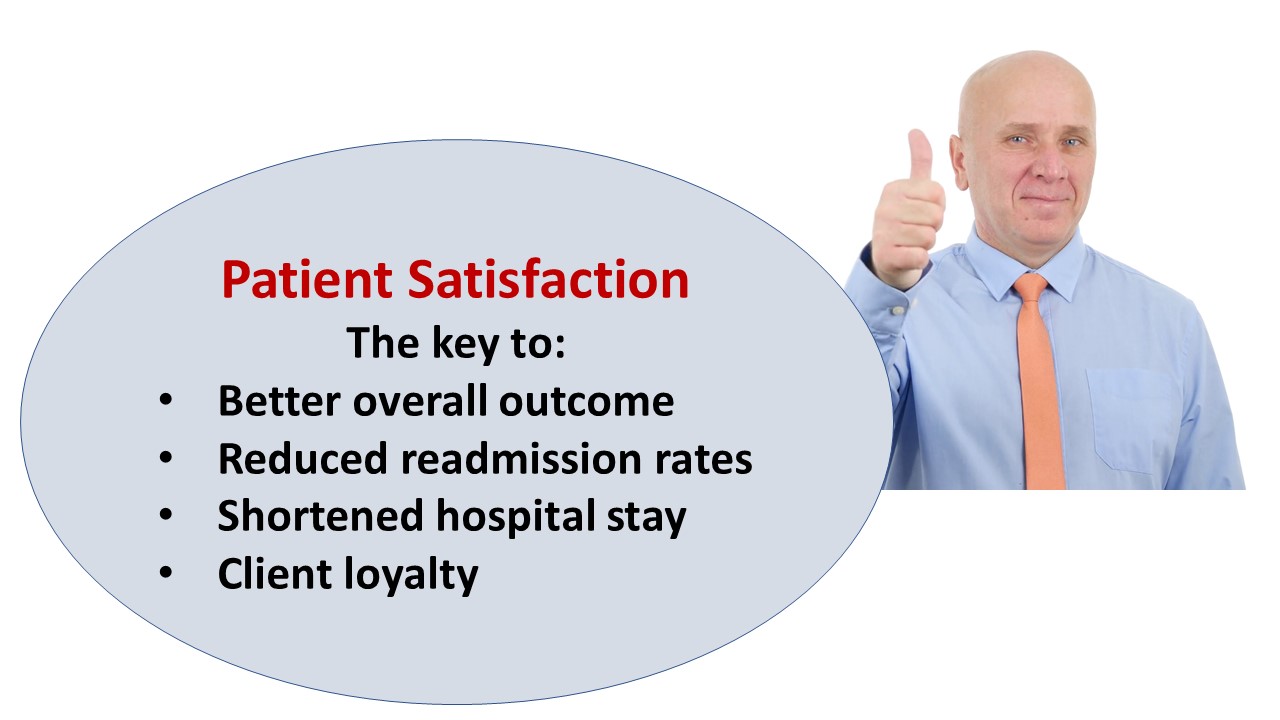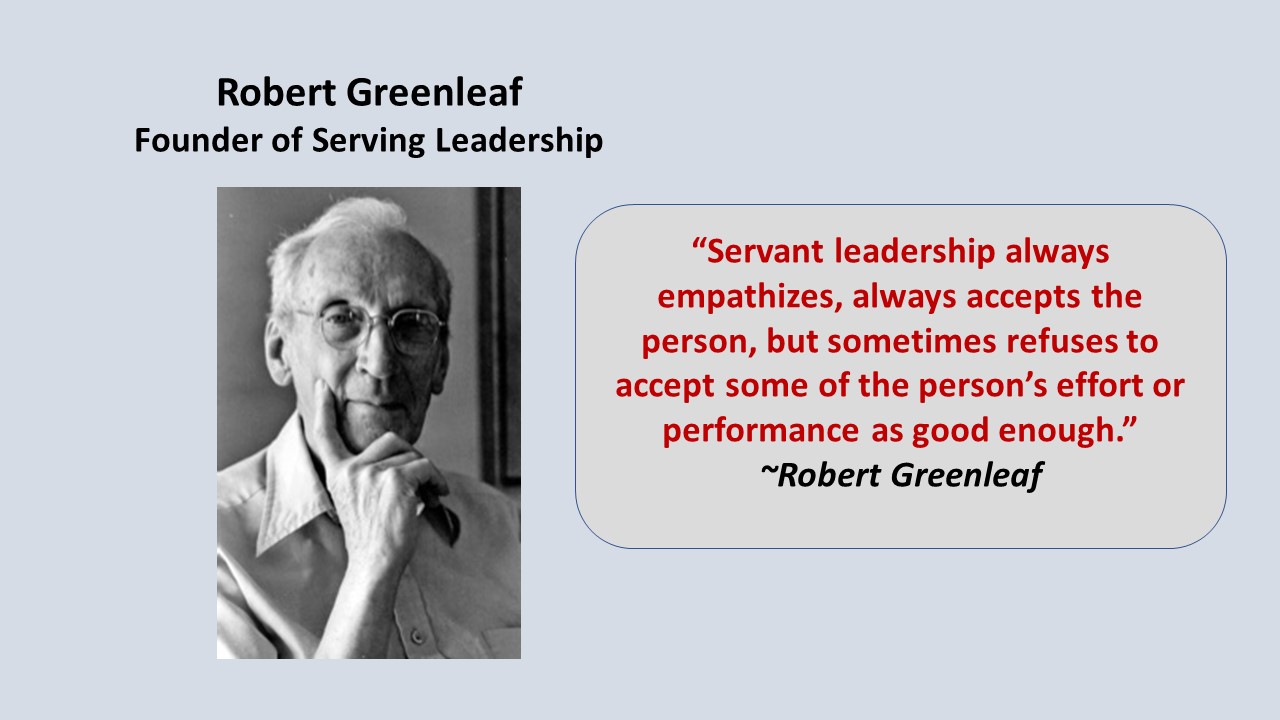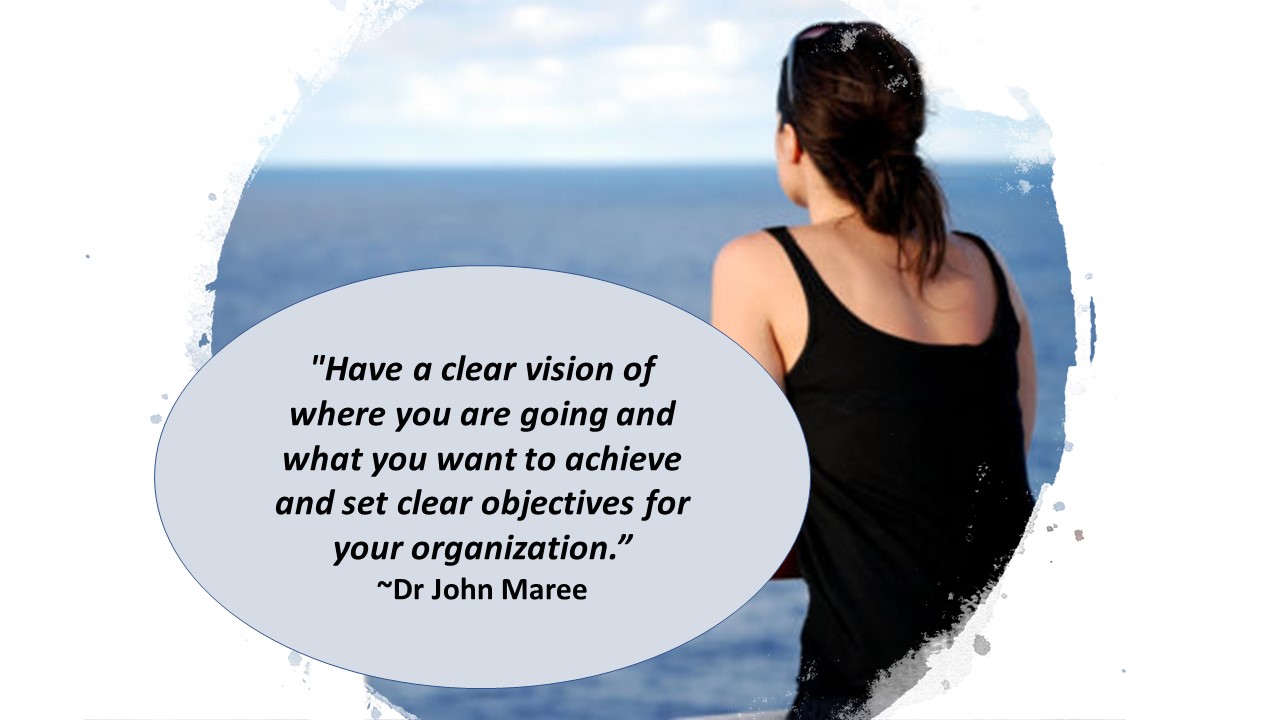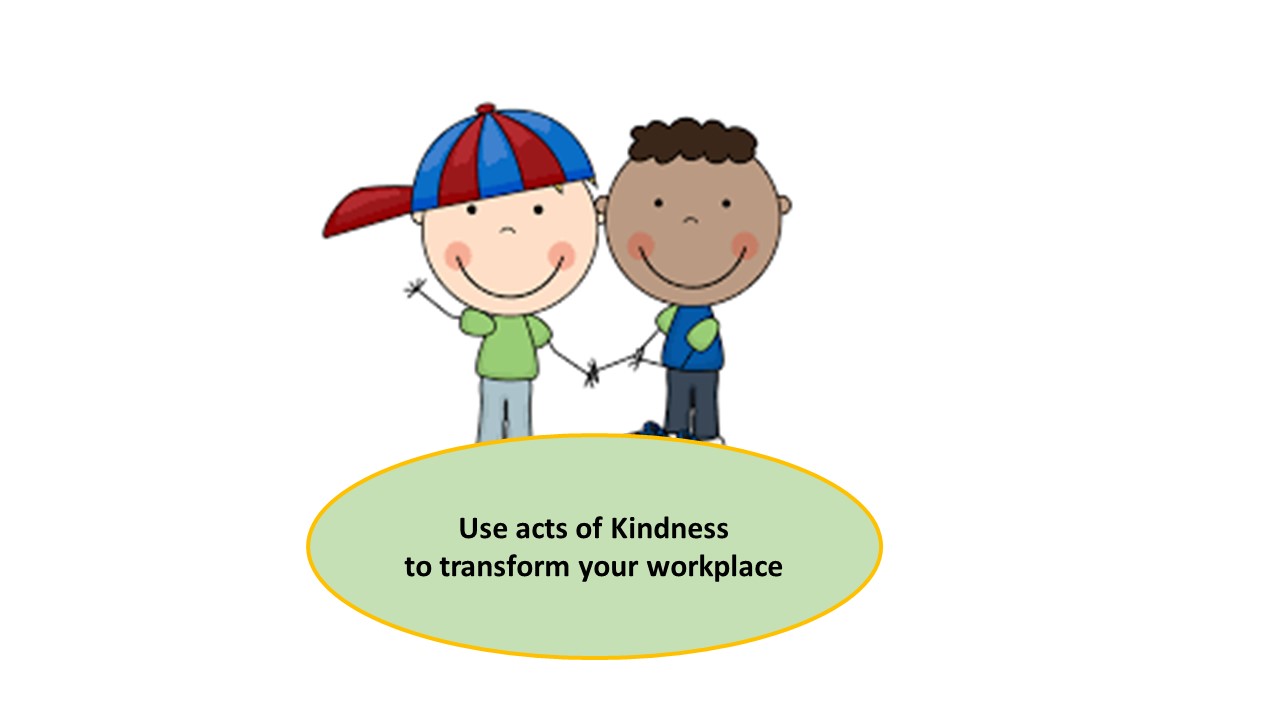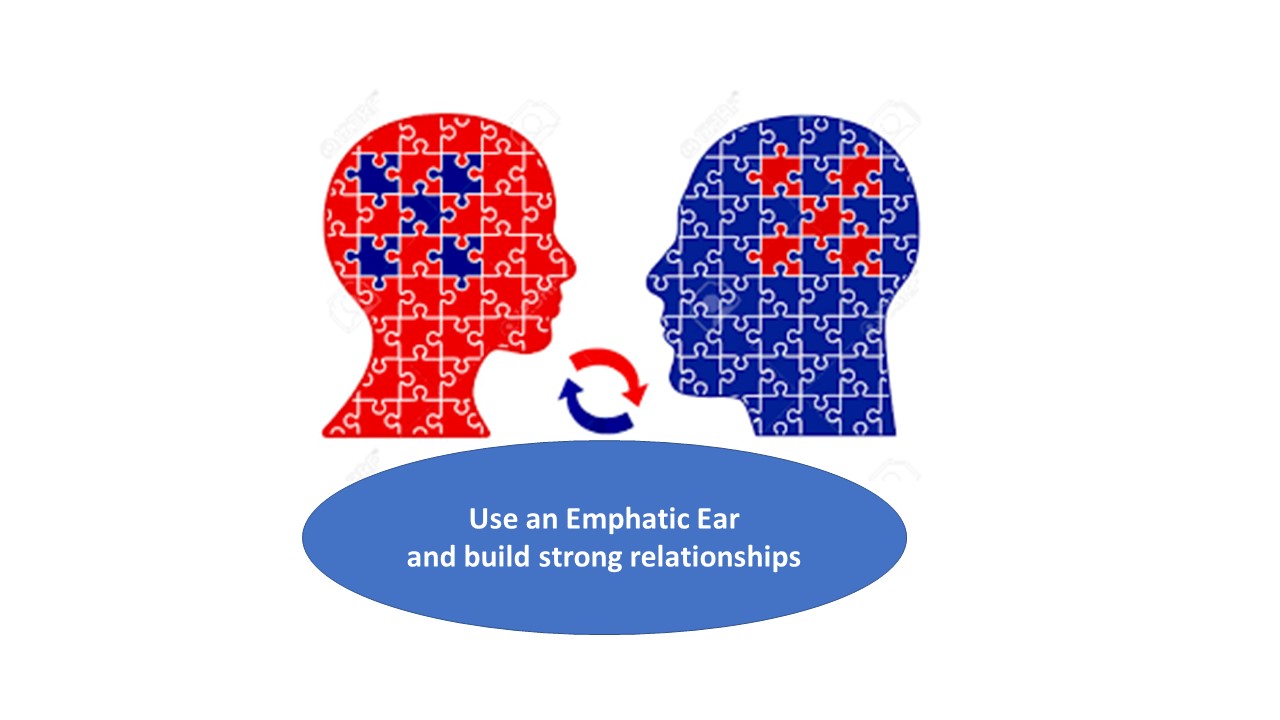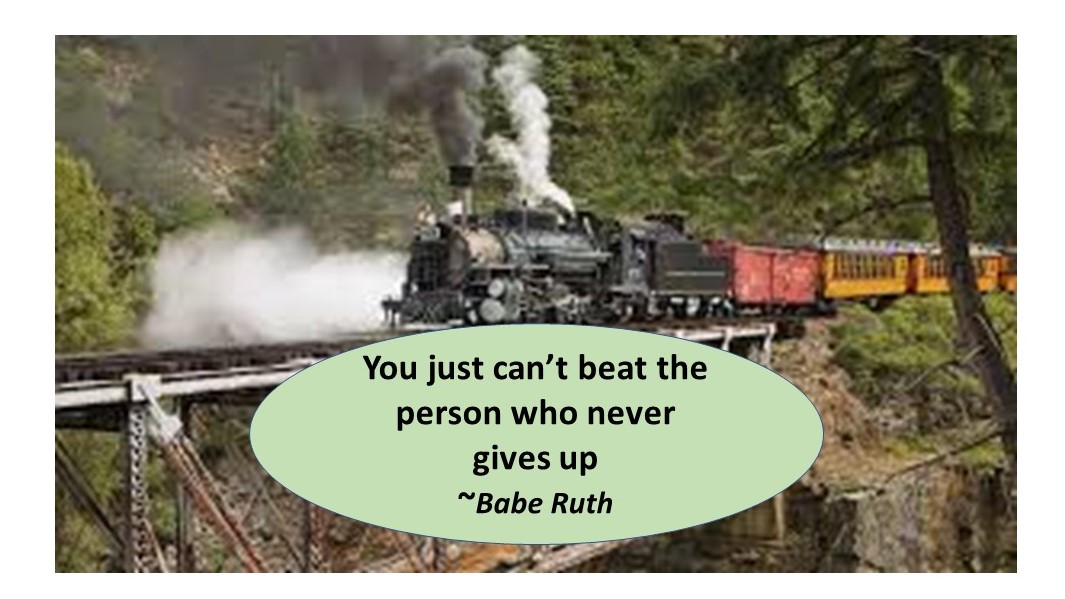By Thomas Davis, CRNA, MAE, DNAP candidate
Follow @procrnatom on Twitter
I arrived at a clinic to sign in for a medical appointment as the receptionist at the check-in window was having an energetic headset phone conversation with a friend. While continuing planning the food and entertainment for a big birthday party, she handed me a clipboard stacked with forms, indicated with her finger that I should fill them out, and air-pointed toward a chair without missing a word of animated conversation. Not one word was exchanged between us. My first encounter as a patient left me feeling as if I were a distraction in her life rather than the reason for her job.
Driven by me-centered technology, civility is more and more frequently replaced by indifferent, disrespectful behavior, even in our benevolent healthcare industry. Common courtesy has become uncommon. While focusing on the medical task at hand, healthcare workers often ignore the value of using common courtesy to build a relationship with each patient, thereby, improving outcomes and solidifying a client base. In writing about courtesy in Pharmacoeconomics review, author, Megan Dubina agrees, noting that common courtesy is essential when building positive patient relationships. In a courteous environment, patients are more trusting of their healthcare providers and more likely to comply with treatment that promotes better overall outcomes.
Integral to courtesy is respect. Though most of us have never had a face to face argument with a patient, there are many less obvious ways in which we may have been unintentionally rude and disrespectful to them.
- Respect for the right to know. Healthcare providers are very efficient at obtaining informed consent prior to doing a procedure but fail to fully inform the patient about other things related to their care. Introducing yourself and your role in the process opens the door to dialogue that will enable your patient to clarify other questions that he/she may have.
- Respect for ability to understand. Those with healthcare concerns frequently consult Dr. Google prior to a medical visit and arrive loaded with information from renowned institutions, but the new knowledge is only valuable if the healthcare team listens. Patients may not have medical terminology at the tip of the lip or understand advanced physiology, but they do know their own bodies. They do know how they feel and the changes that have occurred. On several occasions my non-medical friends have told me that they will never see a certain doctor again because he/she “does not listen.” They did not feel as if their insight into their own condition was respected.
- Respect for time. The most common way to generate negative feedback at our ambulatory surgery center is failure to follow a schedule. Patients who sit in the waiting area several hours beyond their scheduled procedures feel as if their time is not valued and they are just another job for the provider to accomplish when he/she gets around to it. The patient may be losing wages. Their designated drivers may be losing wages. They all feel inconvenienced and disrespected.
Courtesy matters
The Disney corporation and others in the entertainment industry exist at the will of the client. Since its creation in 1955, Disney has built an empire on four key principles; Safety, Courtesy, Show, and efficiency. Regardless of the job, each Disney employee is viewed as a cast member and extensive training during orientation is focused on building a culture founded on courtesy. From front office executives to grassroots workers, courtesy in the form of respect is expected during every interaction with a client. Disney’s loyal customer base is the best evidence for the importance of courteous behavior in the workplace. In his book, If Disney ran your hospital; 9.5 things that you would do differently, Fred Lee underscores the importance of courtesy, civility and respect for every client and applies Disney’s key principles to healthcare.
The culture of courtesy and civility starts at the top and is job one for every member in the organization. Dr. Reuven Paternak, CEO of Stony Brook University Hospital, sets a high standard with his emphasis on the importance of courtesy and respect as tools to improve the overall patient experience within their system. His message to the organization includes the following points, equally applicable across the healthcare industry.
- Introduce yourself. Start conversations by asking open-ended questions about the other person. Show interest in the person and ask follow-on questions to increase your understanding of the individual and his/her concerns.
- Listen carefully. Patients can sense changes in their bodies that may not be apparent in tests that have been performed. Listening attentively adds to your pool of information regarding the symptoms as well as any fear or anxiety that may accompany them. Avoid interrupting, cutting off or rebutting the patient.
- Be considerate. Accept what the patient tells without discounting their observations or concerns. Academic arrogance or dismissiveness will be perceived as rudeness and block the establishment of a collaborative relationship with the patient. Practice saying, “I understand,” and use a demeanor that shows you do.
- Be on time. Show that you value your patients by valuing their time. Intentionally overbooking your schedule may make the productivity numbers look great, but it also mandates that patients spend prolonged periods of time in the waiting area.
- Use basic manners. Saying please, thank you and asking the patient’s permission before starting a procedure are all ways to show your respect for the person on the receiving end of your treatment.
- Be honest and transparent. Delivering a diagnosis is not always easy, but it must be done openly and with respect for the person receiving the news. Be empathetic while avoiding false optimism.
- Take the extra step. Every day there are opportunities to do small things that make a big difference to the patient. Follow up quickly with anything that is promised to the patient and make referrals immediately. Look beyond your patient and help others in the system who appear to be lost or confused.
Several positive consequences emerge when courtesy permeates the workplace. First and most important, the overall outcome of the medical treatment improves as satisfaction increases. Second, because payors are beginning to link reimbursement to patient approval, the bottom-line financial status of the organization improves. Third, the morale of the staff is elevated due to conscious civility, high quality outcomes and satisfied patients. Finally, a culture of courtesy and collaboration is created that supports the concept of a preferred workplace, a major tool for recruitment and retention.
Building an environment that promotes courtesy as an essential element will ensure long-term viability of the organization. People want to visit the Disney parks, stay in Disney hotels and eat at Disney restaurants because they know the Four Keys will be practiced – they will be treated with courtesy in every respect and the total experience will be amazing. Families leave their vacation fantasyland wanting more and anxiously awaiting the time when they can return and build newer, greater memories. As a healthcare leader, you should know, likewise, the value of creating a happy and loyal customer base by building positive memories for each patient and his/her family. Establishing courtesy as a top priority in your workplace creates the only place that a loyal patient would ever consider going for treatment.
Tom is a noted author, enthusiastic speaker, committed leadership developer and superb clinical anesthetist. Contact tom@prosynex.com to book a speaking engagement.


